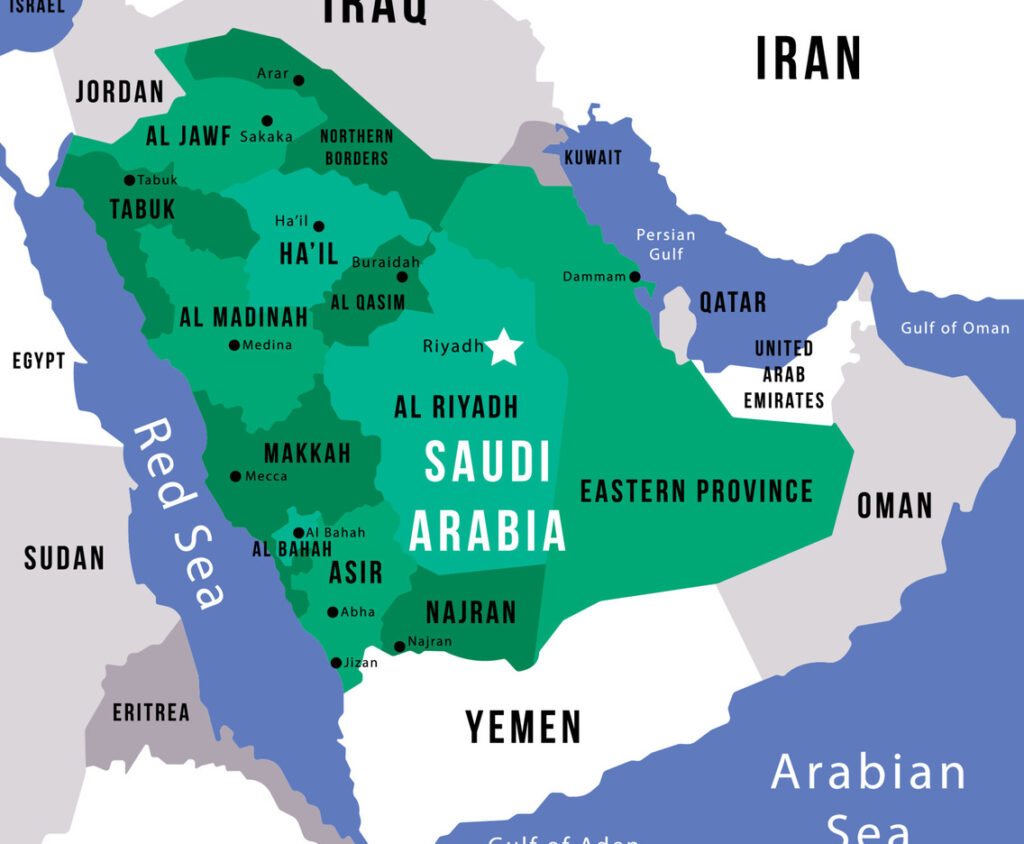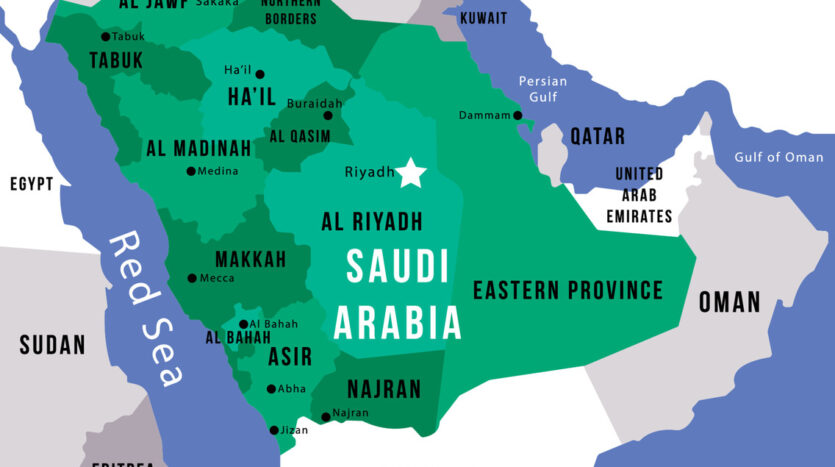Market Entry Strategy in Saudi Arabia: The 2025 Comprehensive Guide for Global Investors
Why Saudi Arabia Matters in 2025
Saudi Arabia, the largest economy in the Middle East and a G20 member, is undergoing one of the most ambitious economic transformations in the world. Under its Vision 2030, the Kingdom is moving away from oil dependency toward a diversified economy built on tourism, technology, renewable energy, healthcare, logistics, and entertainment. The Saudi government’s focus on foreign direct investment (FDI), coupled with mega-projects such as NEOM, Qiddiya, The Red Sea Project, and Diriyah Gate, creates enormous opportunities for global investors.
Saudi Arabia’s strategic location between Asia, Africa, and Europe, its young and tech-savvy population, and strong government commitment to reform make it a gateway to the entire Middle East and North Africa region.

Choosing the Right Market Entry Strategy to Saudi Arabia
Selecting the right entry mode depends on your business goals, risk appetite, and long-term vision. Below are the main models for entering the Saudi market:
- Greenfield Investment (Wholly Owned Subsidiary)
This approach involves setting up a brand-new entity in Saudi Arabia, allowing full operational and strategic control. It’s ideal for companies looking to build a long-term presence and protect intellectual property. However, it requires a higher initial capital outlay and deeper regulatory compliance. Most investors establish an LLC (Limited Liability Company) under Saudi law. - Joint Venture (JV)
Partnering with a Saudi company provides immediate local insight, established networks, and easier access to government tenders. JVs are particularly useful in sectors where foreign ownership restrictions or high Saudization quotas apply. A detailed shareholder agreement and exit clauses are essential to ensure strategic alignment. - Mergers and Acquisitions (M&A)
Acquiring an existing Saudi business offers rapid market access. You inherit existing licenses, operations, and clients, but must perform thorough due diligence to uncover liabilities or compliance gaps, especially around Saudization or tax issues. - Franchising and Licensing
Saudi Arabia’s retail, hospitality, and F&B sectors are booming, making franchising an effective low-risk model. The Saudi Franchise Law (2019) provides legal protection for both franchisors and franchisees. Proper IP registration and cultural adaptation are key. - Digital or E-Commerce Entry
Saudi Arabia has one of the highest internet and smartphone penetration rates in the world. A digital-first market entry through e-commerce platforms or local fulfillment partners allows global brands to test demand before establishing a physical presence.

Legal and Regulatory Framework in Saudi Arabia
- Ministry of Investment (MISA)
MISA (investsaudi.sa) is the central authority responsible for licensing foreign investors. The process has been streamlined through digital portals and covers most economic activities under the new Investment Law (2024). - Ministry of Commerce (MoC)
Once the MISA license is obtained, companies must register with the MoC (mci.gov.sa) to receive a Commercial Registration (CR). Legal documents such as Articles of Association must be notarized in Arabic. - Legal Structures
Most foreign investors choose an LLC, but Joint Stock Companies (JSCs) and branch offices of foreign entities are also allowed. - Labor and Immigration
Work visas and residency permits (Iqama) are issued under strict Saudization quotas. Companies must register all employees in the GOSI (social insurance system) and manage employment via the Qiwa and Muqeem platforms. - Sectoral Licenses
Certain industries require special approvals from regulators such as SFDA (Food & Drug), CITC (Telecoms), and SASO (Standards Organization).
Taxation, Repatriation, and Incentives in Saudi Arabia
- Corporate Income Tax: 20% for foreign-owned companies.
- Zakat:5% on Saudi/GCC-owned equity.
- Value-Added Tax (VAT): 15% on goods and services.
- Withholding Tax: 5–20% depending on payment type (royalties, dividends, technical fees).
- Profit Repatriation: Allowed freely after meeting tax obligations.
- Incentives: Companies aligned with Vision 2030 sectors can qualify for tax holidays, land grants, and customs exemptions.
Saudization and Workforce Planning
Saudi Arabia enforces Saudization (Nitaqat)—a program requiring companies to hire a specific percentage of Saudi nationals. The quota varies by sector and company size. To comply while maintaining efficiency:
- Create a balanced HR strategy combining local talent with skilled expatriates.
- Offer training programs for Saudi employees to enhance compliance and build goodwill.
- Register all employees in the GOSI system and follow labor law provisions on contracts and end-of-service benefits.
- Plan visa sponsorships strategically to align with your Saudization target.
Go-to-Market Strategy and Localization
Success in Saudi Arabia requires understanding the market’s cultural, linguistic, and consumer dynamics.
- Localization: Adapt product packaging, branding, and marketing to Arabic and Saudi culture.
- Distribution Channels: Combine direct sales, local distributors, and online platforms.
- Certifications: Obtain necessary product approvals via the Saber
- Marketing: Build a strong presence on Snapchat, Instagram, and X (Twitter)—the most used platforms in the Kingdom.
- Government Contracts: Register as an approved supplier to access public tenders and mega-projects.

Vision 2030 Alignment and Investment Incentives
Aligning with Vision 2030 gives companies access to significant government incentives and strategic partnerships. Target sectors include:
- Renewable energy and green hydrogen
- Smart manufacturing and logistics
- Tourism and hospitality
- ICT and digital infrastructure
- Entertainment and creative industries
Projects tied to giga-developments such as NEOM, Qiddiya, Amaala, and Diriyah Gate enjoy access to funding, tax relief, and government partnerships.
Implementation Roadmap in Saudi Arabia
Phase 1 (0–2 Months): Conduct market research, select entry model, identify local advisors, and prepare a Saudization plan.
Phase 2 (2–4 Months): Apply for MISA license, register with MoC, and open a corporate bank account.
Phase 3 (4–6 Months): Hire staff, complete visa procedures, and finalize operational setup.
Phase 4 (6–9 Months): Launch pilot operations, test pricing and market demand, and build local partnerships.
Phase 5 (9–12+ Months): Scale operations, qualify for government incentives, and expand regionally.
Key Success Factors for Market Entry in Saudi Arabia
- Commit early to Saudization and local partnerships.
- Align with Vision 2030 sectors to qualify for incentives and contracts.
- Adopt a phased approach—start small, scale gradually.
- Protect your IP and ensure contracts are legally enforceable under Saudi law.
- Engage strong local leadership familiar with Saudi business culture and government processes.

Conclusion
Entering Saudi Arabia’s market in 2025 is not just a growth opportunity—it’s a strategic move into one of the world’s fastest-evolving economies. The combination of a modernizing business environment, world-class infrastructure, and a government committed to diversification makes Saudi Arabia a top global destination for investors. With the right legal setup, localized operations, and alignment with Vision 2030, companies can achieve long-term success and sustainable growth in the Kingdom.







